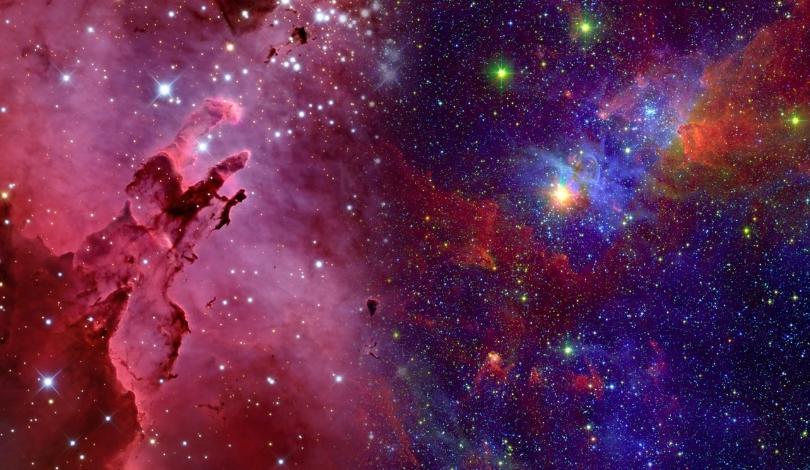Understanding the mysteries of black holes has long been a central pursuit in astrophysics. Recent advancements suggest that observing light echoes around these cosmic giants could provide unprecedented insights. This innovative approach leverages the behavior of light under intense gravitational forces, potentially unveiling new aspects of black hole dynamics.
Previous methods of studying black holes primarily relied on tracking the motion of surrounding stars and gas. These techniques offered valuable information but were limited in resolving the fine details of black hole environments. The proposed light echo method represents a significant enhancement, allowing for more precise mapping and analysis.
How do light echoes behave near a black hole?
In the vicinity of a black hole, intense gravitational forces cause light to follow curved paths, resulting in multiple echoes that travel different distances and arrive at various times. This phenomenon differs significantly from light propagation in less extreme environments, where light typically travels in straight lines.
What challenges do scientists face in observing these light echoes?
The primary obstacle lies in distinguishing the overlapping echoes within observational data, as current technology causes these signals to blend together. This makes it difficult to identify discrete echoes that could provide detailed information about the black hole’s properties.
How does the new study propose to overcome these challenges?
Researchers suggest utilizing two telescopes, one stationed on Earth and another in space, to capture light from slightly different perspectives. By applying long baseline interferometry, the combined data would allow scientists to differentiate between the echoes, making it possible to map the black hole’s surroundings more accurately.
Implementing the proposed interferometer system presents notable engineering challenges but remains within the realm of current technological capabilities. Success in this endeavor could open new avenues for exploring the intricate behaviors of black holes and provide more stringent tests of general relativity. Advancements in observational techniques continue to push the boundaries of our understanding of the universe’s most enigmatic entities.










